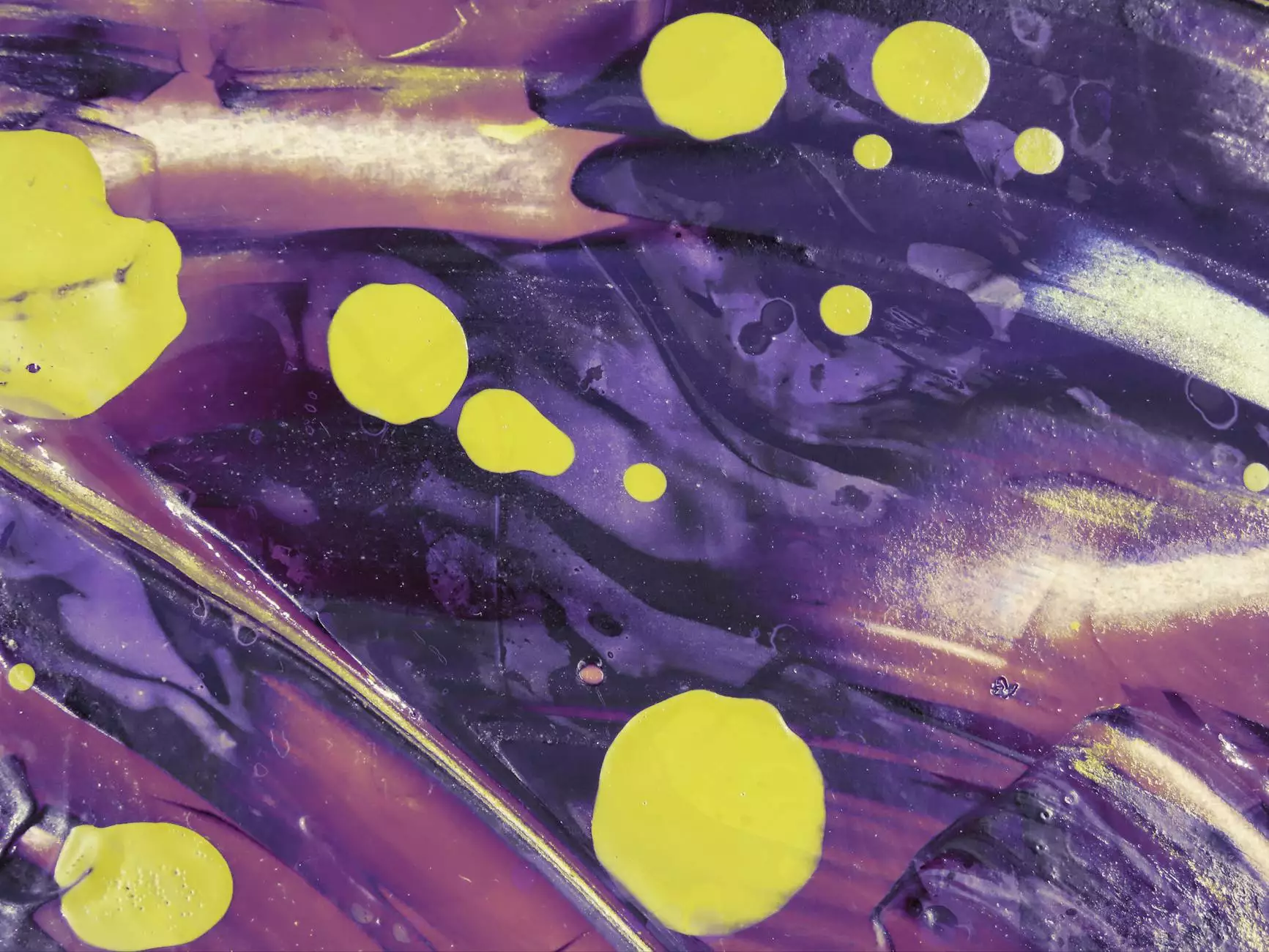Are Lobsters Immortal? Unraveling the Mysteries of Nature's Fascinating Creatures

The question “are lobsters immortal?” has intrigued scientists, culinary enthusiasts, and marine biologists alike. In this article, we will delve deep into the biological attributes of lobsters, explore their life cycle, and uncover the truths behind the lore of their immortality. From restaurants that serve these exquisite delicacies to art galleries that depict them, lobsters hold a unique place in our culture and society.
The Biology of Lobsters
Lobsters belong to the family Nephropidae and are considered some of the most fascinating creatures in the ocean. Their biology is complex and beautiful, and it affects not only their lifespan but also their role in the marine ecosystem.
Anatomy of a Lobster
A lobster's anatomy includes two large pincers, a hard exoskeleton, and a long segmented body. Their anatomy is a marvel of evolution, allowing these crustaceans to thrive in various ocean environments. They possess:
- Two pincers (chelae): These pincers are used for defense and capturing prey.
- Gills: Lobsters breathe through gills, which extract oxygen from water.
- Compound eyes: Their eyes provide a wide field of vision.
- A robust nervous system: Lobsters can exhibit complex behaviors, including social interaction and communication.
The Myth of Immortality
The term "immortal" might be a bit misleading when referring to lobsters. However, the idea arises from some fascinating biological abilities that these creatures possess. Lobsters do not age in the traditional sense, which leads to this common myth.
Biological Advantages
Lobsters have a unique biological process that allows them to continuously regenerate and repair their body tissues through a process called molting. Each time a lobster molts, it can potentially grow larger and replace damaged appendages. This cycle can give them a longer lifespan, but it doesn’t make them true immortals.
Telomerase and Aging
Another factor contributing to the myth is the presence of the enzyme telomerase in lobsters. This enzyme repairs telomeres, the protective regions on the ends of chromosomes that shorten with age. In most animals, including humans, the gradual shortening of telomeres leads to aging and eventual death. However, lobsters apparently produce telomerase throughout their lives, allowing them to maintain their reproductive capability and possibly extend their lifespan well beyond that of other species.
Do Lobsters Really Live Forever?
While lobsters can live for many years—some even over 100 years—the harsh realities of nature prove that they are not truly immortal. The reality is that they can suffer from diseases, predation, and environmental factors that can lead to their untimely demise.
Life Cycle of Lobsters
The life cycle of a lobster is divided into several stages:
- Egg Stage: Female lobsters can lay thousands of eggs, which hatch into larvae.
- Lobster Larvae: The larvae live in the open ocean for several weeks before settling in back bays and estuaries.
- Juvenile Stage: As they grow, juvenile lobsters go through several molts.
- Adult Lobsters: Lobsters reach maturity at 5-7 years and can then reproduce.
The Culinary Significance of Lobsters
Lobsters have not only captivated scientists but have also become a staple in gourmet cuisine worldwide. Their unique flavor and rich texture make them highly sought after.
Harvesting and Preparing Lobsters
Harvesting lobsters is an essential aspect of the fishing industry. Lobster traps, also known as lobster pots, are used to catch these crustaceans sustainably. In fine dining establishments, lobsters are prepared in numerous ways:
- Boiled or Steamed: A classic method that preserves the sweet flavor.
- Grilled: Adding a smoky flavor that complements the natural sweetness.
- In Soups and Stews: Lobsters are often featured in dishes like bisque and chowder.
Artistic Representation of Lobsters
Lobsters have also inspired countless artists, becoming symbols of luxury and indulgence in the culinary arts. In art galleries, lobsters are often depicted in many forms, showcasing their cultural significance.
Symbolism in Art
Numerous paintings and sculptures incorporate lobsters, highlighting their role as a metaphor for abundance and decadence. Some famous works include:
- Still Life Paintings: Lobsters are often featured in still-life compositions, symbolizing wealth and opulence.
- Contemporary Art: Modern artists experiment with lobsters as subjects, highlighting environmental and ethical issues in fishing.
Conservation and Sustainability
With increasing demand for lobsters, sustainable practices are vital to ensure their populations remain healthy. Responsible fishing and aquaculture practices help preserve this valuable species and its ecosystem.
Responsible Lobster Fishing
Regulations are in place to prevent overfishing, including:
- Size limits: Only lobsters above a certain size can be harvested.
- Seasonal restrictions: To allow the population to replenish during spawning seasons.
- Trap regulations: Lobster traps must meet specific standards to minimize bycatch.
Conclusion
In answering the question “are lobsters immortal?”, we find a complex tapestry of biology, myth, and cultural significance. While these incredible creatures may not be immortal in the literal sense, their unique biology grants them unparalleled longevity. From their culinary prominence to their artistic representation, lobsters will continue to be a source of fascination and wonder.
Ultimately, as we enjoy the delicious flavors of lobster in the finest restaurants or admire their beauty in art galleries, let us also remember the importance of sustainable practices that will preserve these marvelous animals for future generations.









